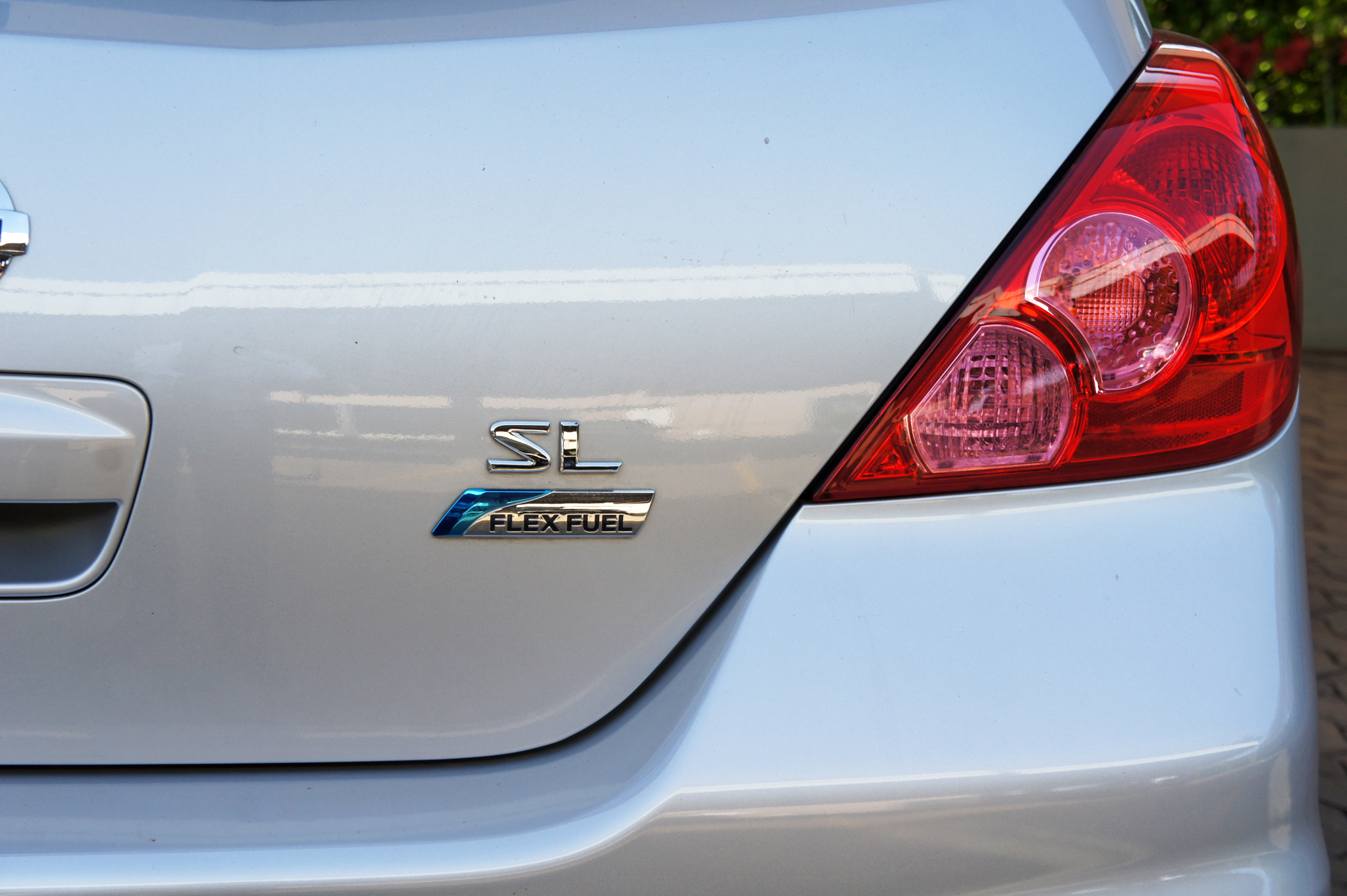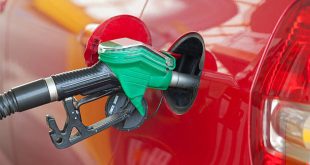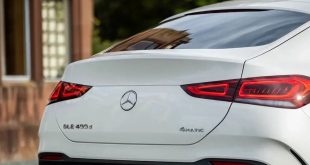
In an effort to produce cars with less toxic emission, automakers and fuel companies are continually working on developing alternative fuels and vehicles that can run on them. The most popular alternative fuel today is the E85, a mix of 15 percent petrol (fossil based fuel) and up to 85 percent ethanol (plant based fuel). Vehicles that can be powered by this mix are called flexible fuel vehicles, flex-fuels or FFVs.
While FFVs are increasingly popular, they’re not a miracle solution. The good news is they enable you, and your country, to consume fewer fossil fuels, as plant-based ethanol is a renewable energy source. It also burns much more cleanly, which is great for the earth and our health. But flex-fuels gets more consumption than petrol powered vehicles, they can be pricier, and there aren’t currently many fuel stations if any at all selling E85 in Nigeria.
The internal combustion engine of a flex-fuel vehicle is designed to run on more than one type of fuel — usually petrol plus ethanol or methanol fuel, all of which are stored in the same tank. When you start driving, a sensor mounted in the fuel line reads the fuel blend — the ethanol/methanol/petrol ratio, or the fuel’s alcohol concentration — and sends a signal to an electronic control module. The electronic control module then adjusts the fuel trim, or the engine’s fuel delivery control, to compensate for the different fuel mixtures.
Despite these different components, maintenance costs for FFVs are generally the same as for other vehicles, and sometimes are even lower, since flex-fuels burn fuel more cleanly. Whether flex-fuels will become the norm in the future remains to be seen. But at least alternative fuels and vehicles are being investigated.
 Spot Dem Everything About Cars
Spot Dem Everything About Cars






